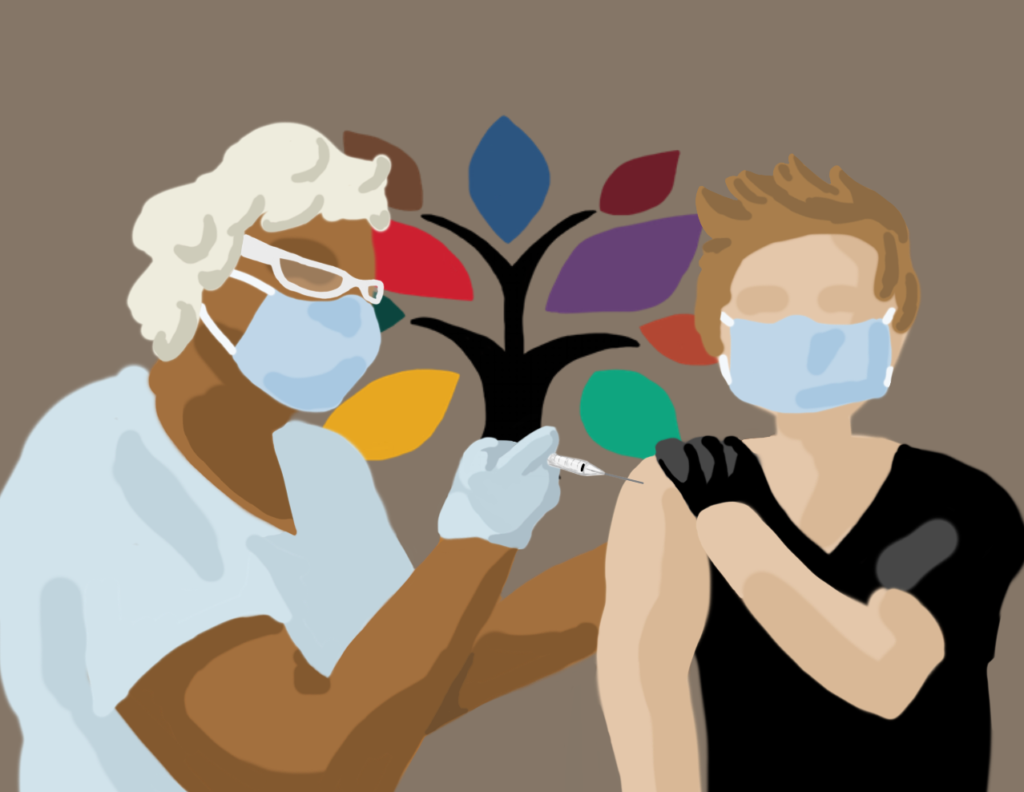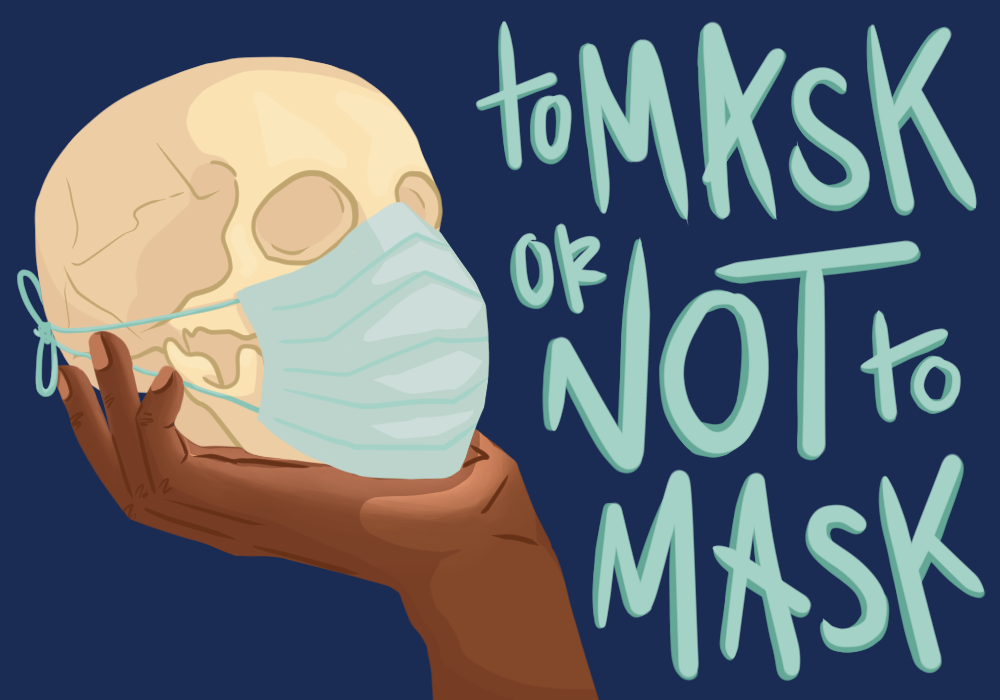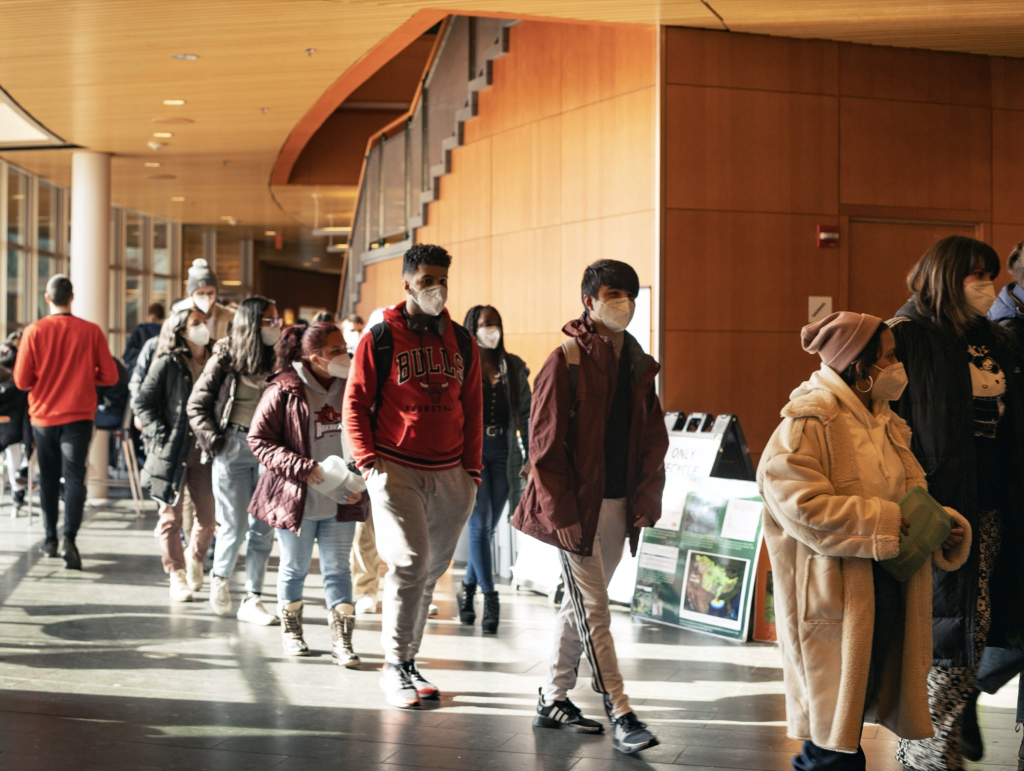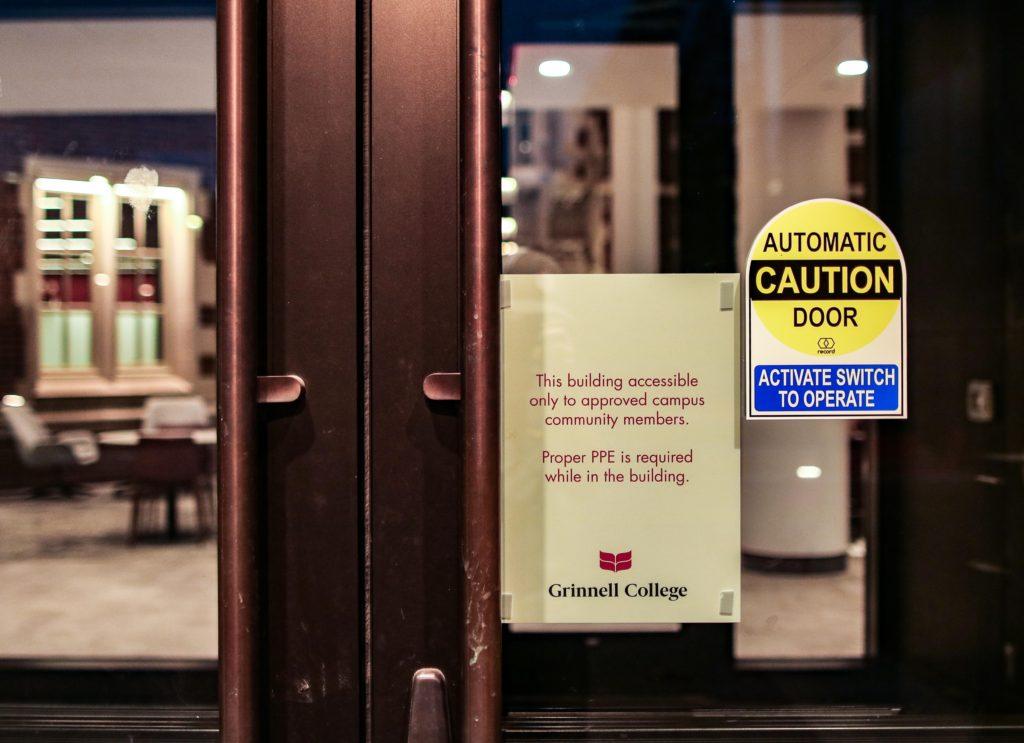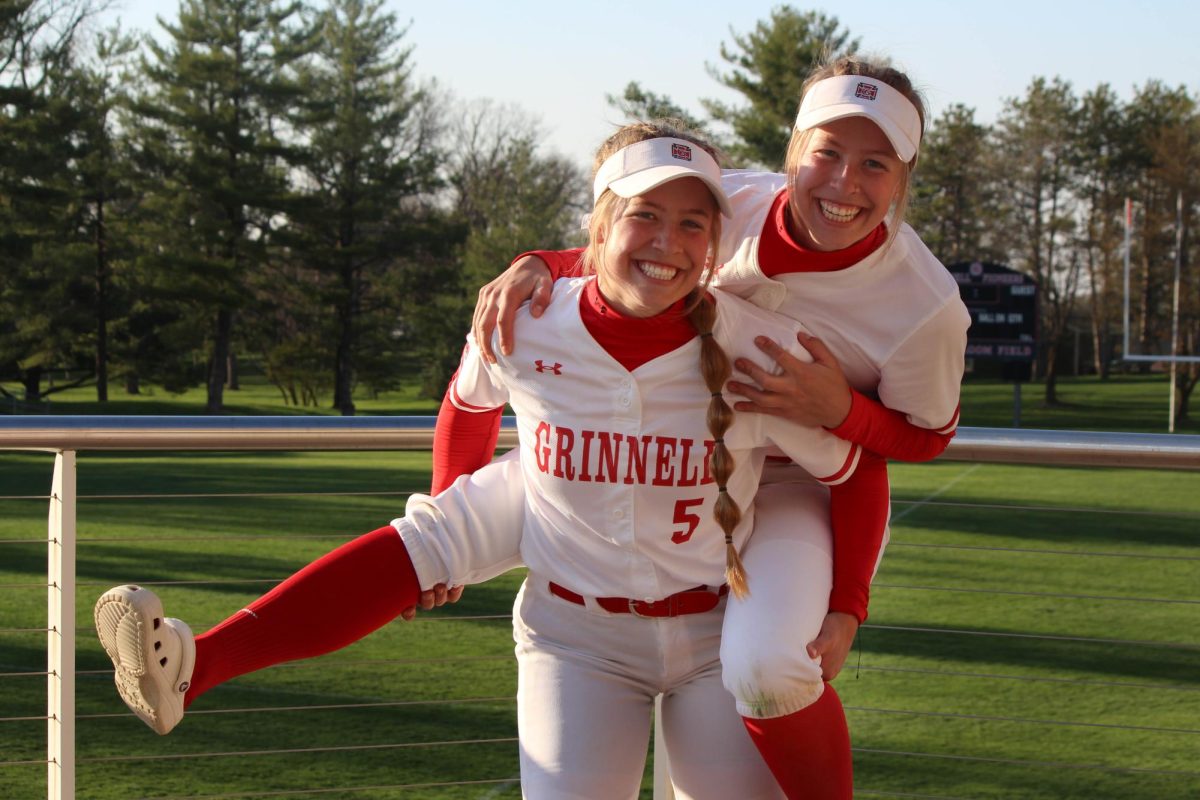The first term of the 2020 Grinnell College Summer Session is coming to a close this week, providing a window into the reimagined academic experiences students will face in the fall. The administration created the summer session, the first since 1947, in an effort to provide academic continuity for students whose course plans were interrupted by the COVID-19 pandemic.
The first of two summer terms began on May 31 and will come to a close on July 10. A second term will run from July 13 until August 21. Faculty from across liberal arts disciplines are teaching twelve courses in total, ranging from CSC-151: Functional Problem Solving to EDU-295: Education, Race and Critical Geography.
Total enrollment in summer courses is around 60-70 students, with individual classes consisting of around 8-15 students, according to Professor Caleb Elfenbein, history and religious studies.
An air of apprehension and uncertainty surrounds the College’s plan for the fall semester, particularly regarding the academic impact of requiring remote learning for large swaths of the student body. According to a survey conducted by Alexi Canzoneri-Vanture ‘23 and Akshat Tiwari ‘23, a top concern of Grinnell students as they consider their options for next semester is the “quality of academics in online environment/changed campus environment.” Faculty members are also worried about pedagogical changes, as well as the health of students, faculty and the community.
Compared to remote learning in the spring semester, which was hastily organized under emergency circumstances, the summer session provides a more accurate preview of online learning in the fall. According to Elfenbein, this year’s summer session has been an opportunity for faculty to more thoughtfully adapt to the new academic reality forced upon the College by the COVID-19 crisis.
A critical curricular concern is the tension between synchronous and asynchronous learning. “I think that we’re going to have to be really creative about how to create the best synchronous learning experiences that we can and how to use asynchronous learning to support the synchronous work,” said Elfenbien. “I think that that will be an important part of the curriculum given questions around access equity [in the fall].”
Carolyn Lewis, history, focused on synchrony and workload when redesigning her summer course, “Health and Medicine in American History,” which she regularly teaches during the academic year. The course consists of synchronous elements, such as a weekly 60-90 minute Webex lecture and 60 minute discussion section, as well as asynchronous coursework throughout the week.
In preparation for her course, Lewis also adjusted her expectations of workload and course scheduling to fit the needs and abilities of her students. At first, she thought she could simply condense the regular syllabus to fit into the summer schedule. But after gauging students’
responses, Lewis decided to drop content and think more selectively about how to deliver the key takeaways of the course without overwhelming her students.
Lewis factored in the unusual obstacles students are navigating during the pandemic, such as access to WiFi, work commitments and finding time to study while living with their families. She acknowledged the increased difficulty of finding focus and motivation during a time of intense disruption, for both students and professors.
“We are all spending so much more time in front of our computer screens right now. I just don’t think it’s realistic to expect students to be able … to stay focused,” she said. “I’ve heard from students that it’s taking them longer to read and absorb less content than it does in a normal semester. I think this is just the fatigue that is wearing on all of us right now. The truth – it’s not that different for me.”
Lewis will be teaching the same course in the fall, and she’s optimistic that the semester can be successful if students and faculty change their expectations. “This is a moment where we have to let go a little bit and we all have to accept that this next year is going to be very, very different. Different does not have to be bad, different can be good,” said Lewis.
While she understands the concerns that many students may have about the high cost of tuition and the anxiety around online courses, she emphasized the immense efforts being taken by faculty to achieve a high-quality academic experience.
“The price tag is high. Grinnell is not an inexpensive education. That said … we already are putting so much work into reimagining our courses, learning new skills, learning how to use new technology for courses that we’ve already taught,” said Lewis. “There are a lot of really good reasons to [take a leave of absence]. I think worrying about the quality of your education is not the best reason to do that.”
The College will hold another optional summer session in 2021. Next year’s session will be available to all Grinnell students, but the full curriculum will not be available. According to Elfenbein, the 2021 summer curriculum will depend on the students’ needs as the 2020-21 academic year unfolds. “We’ll simply have more time for preparing for next summer to be able to anticipate what some of those needs are.”





























































